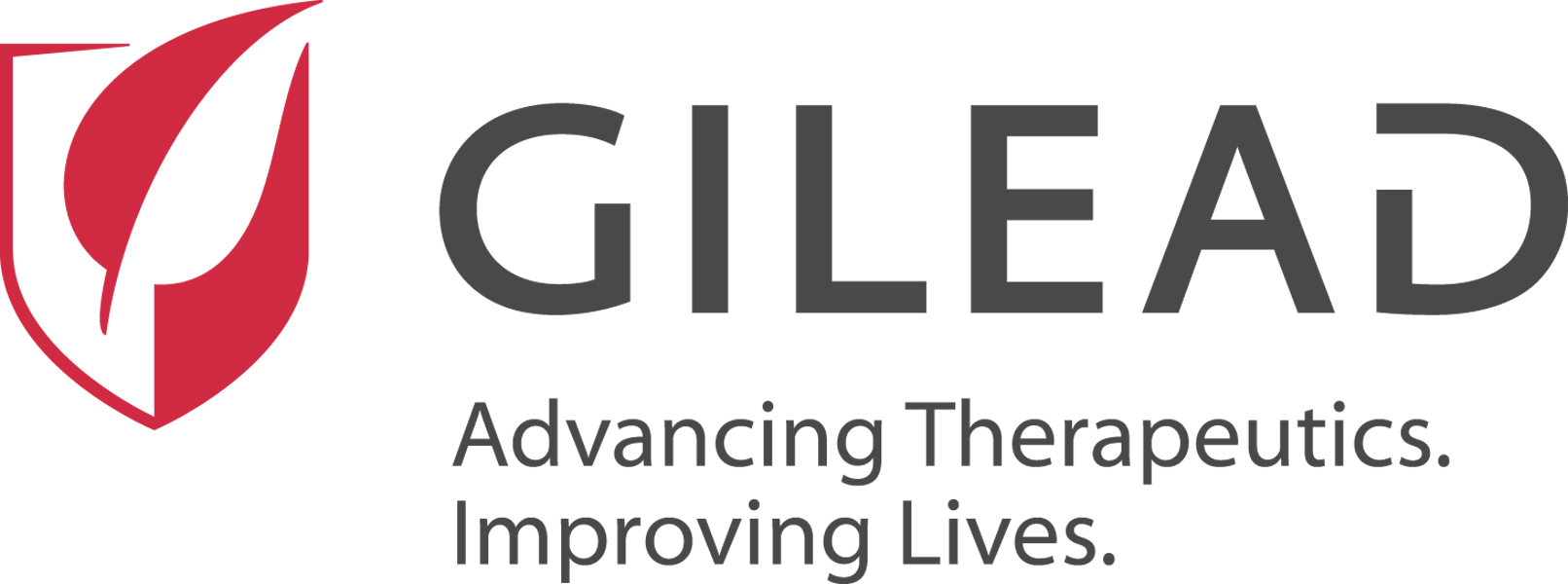Jun 6, 2012
Authorities probe multistate toxigenic E coli outbreak
Health officials in Louisiana and Georgia are investigating the source of at least eight toxigenic Escherichia coli cases in the New Orleans area and across Georgia, according to media reports. Three Louisiana infections all have the same DNA footprint, including one that killed a 21-month-old girl, WDSU News, a TV station based in New Orleans, reported yesterday. Gary Balsamo, DVM, assistant state epidemiologist with the Louisiana Department of Health and Hospitals, released a statement to the station that said the cases are linked to a multistate cluster involving several southern states that the US Centers for Disease Control and Prevention (CDC) is investigating. He said so far a common source has not been identified, and he said rumors of a link to petting zoos appear to be unfounded. The girl became ill about 2 months ago and had been hospitalized, according to the news report. Authorities have not said
what E coli subtype is involved, but another WDSU story said the outbreak strain is more dangerous than others and was implicated in three illnesses in 2010 and three infections in 2011. A Georgia health official said at least five E coli O145 cases in that state are connected to the cases in New Orleans, Food Safety News (FSN) reported today.
Jun 5 WDSU report
Jun 5 WDSU report
Jun 6 FSN story
Study: 74% of German HUS cases in kids required only supportive care
Three fourths of German children who developed hemolytic uremic syndrome (HUS) in last year's huge Escherichia coli outbreak linked to fenugreek sprouts required supportive care only, though that included hemodialysis for many of them, according to a study yesterday in Clinical Infectious Diseases. Researchers analyzed medical records of all 90 known cases of HUS, a kidney complication of E coli infection, from 12 medical centers across Germany. They reported that 67 patients (74%) received supportive care only, 64 (71%) needed renal replacement therapy, and 23 (26%) had neurologic complications, mainly seizures and altered mental states. One patient died. After a median follow-up of 4 months, 85 (94%) had normal renal function and 18 of 23 patients had complete neurologic recovery. The median age of the children, 11.5 years, was higher than the median of under 5 years seen in previous E coli
HUS studies in children, they reported. They attributed this to the outbreak source, as sprouts are rarely eaten by smaller children. The authors conclude, "As the majority of patients with STEC-HUS have a favorable outcome with supportive therapy alone, this indicates that it is often a self-limited disease. Additional treatment efforts only seem justified in complicated cases, eg, neurological complications." The outbreak involved more than 3,800 E coli illnesses, including 845 HUS cases, and involved the O104:H4 serotype.
Jun 5 Clin Infect Dis abstract















